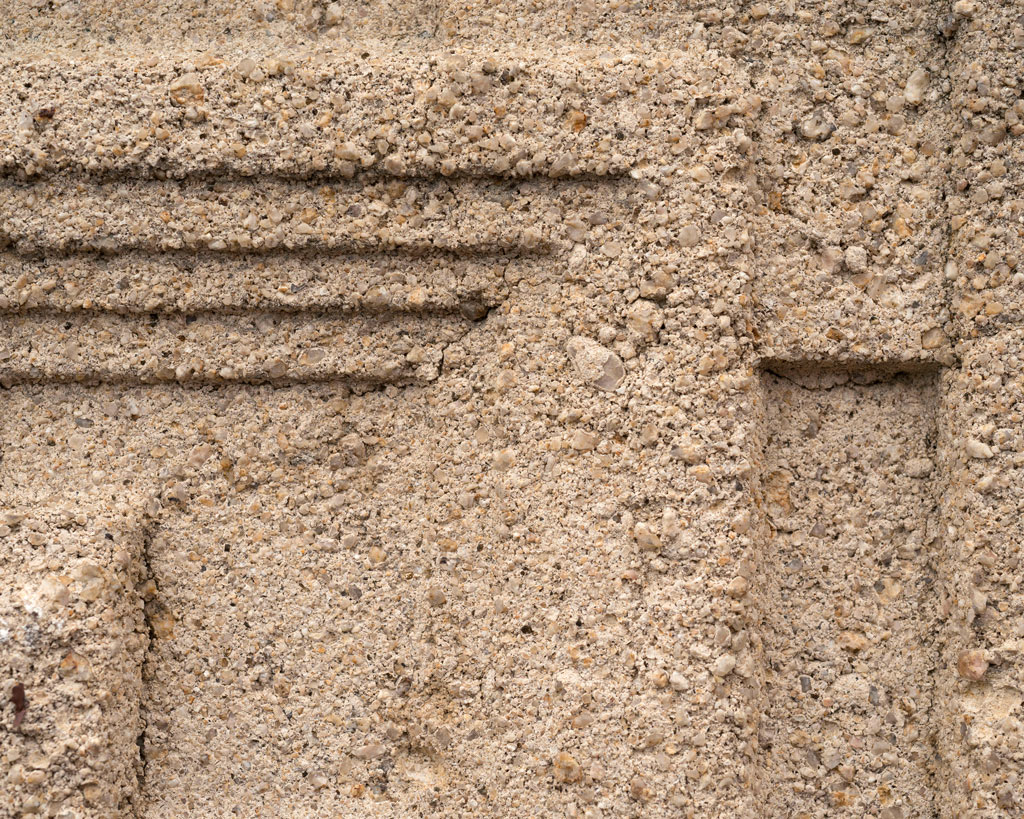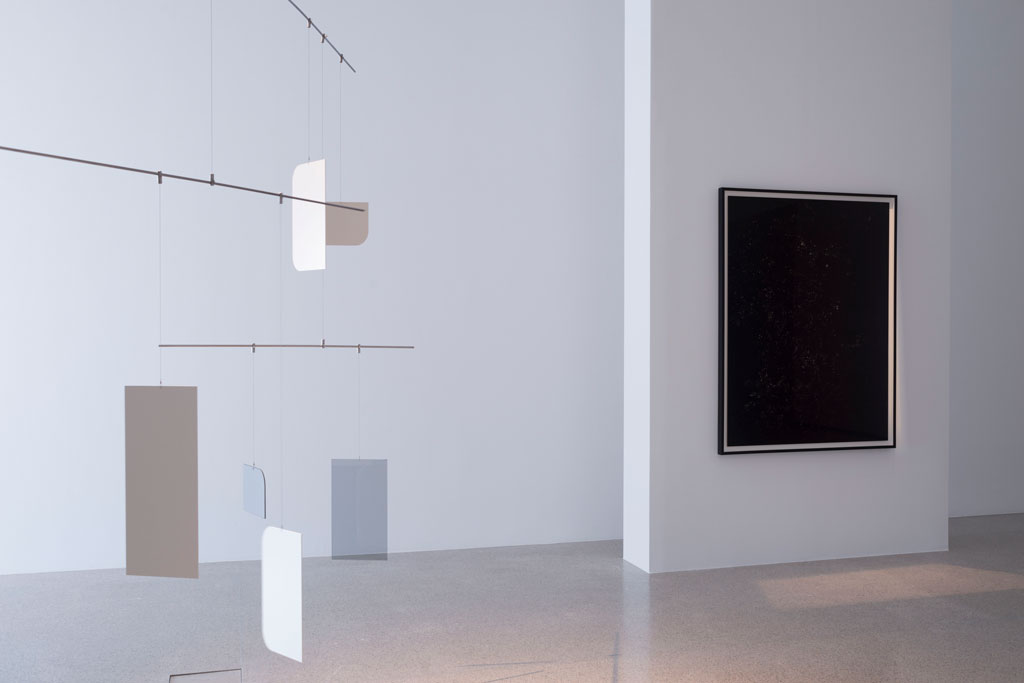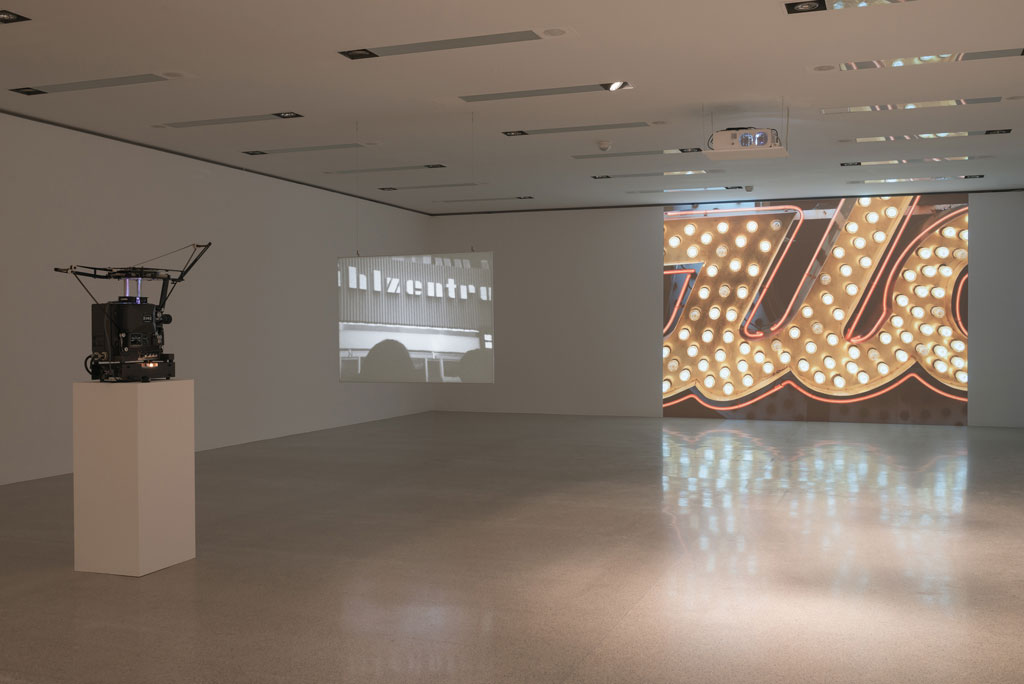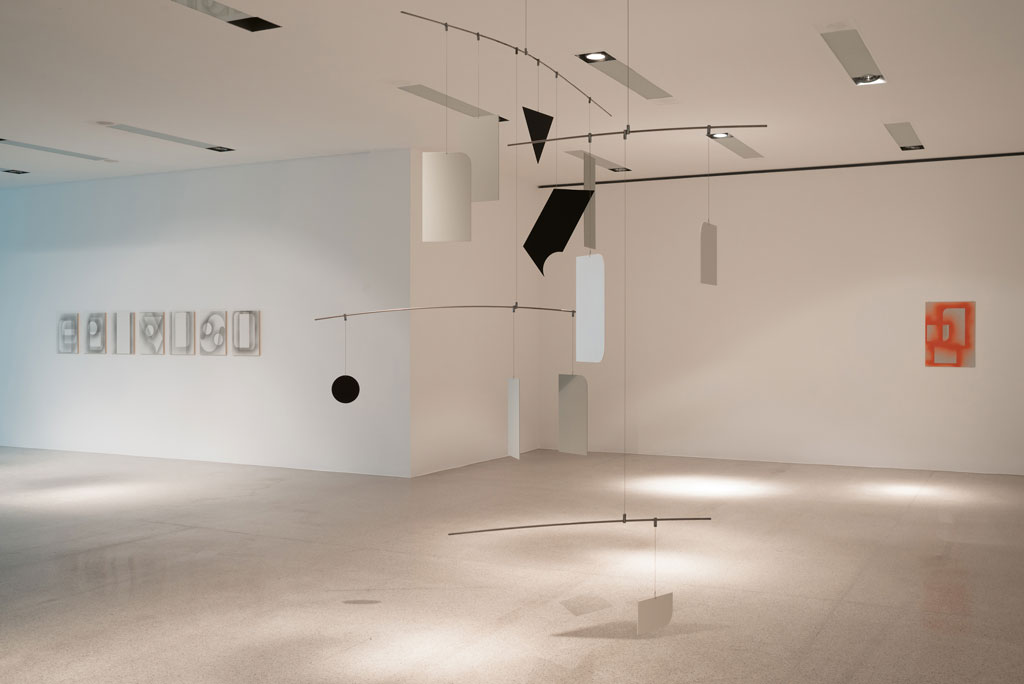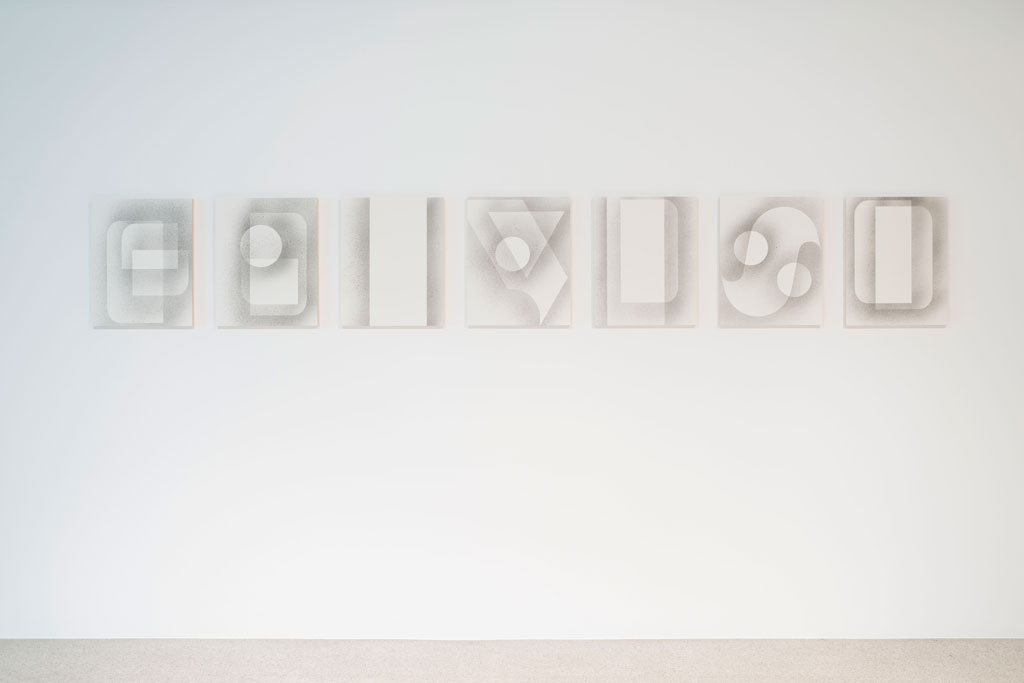ART-PRESENTATION: Dorit Margreiter-Really!,Part II
 Dorit Margreiter’s artistic interest is motivated by the correlations between visual systems and spatial structures as well as the consequences of these correlations in our daily social lives. At the heart of her explorations lie modern and contemporary architectures and various forms of media representation. For years, Dorit Margreiter has been investigating the relation between history and the present and that between reality, representation, and fiction. In so doing, she pays particular attention to gender roles and to popular and artistic displays. Film has a special place in this endeavor (Part I).
Dorit Margreiter’s artistic interest is motivated by the correlations between visual systems and spatial structures as well as the consequences of these correlations in our daily social lives. At the heart of her explorations lie modern and contemporary architectures and various forms of media representation. For years, Dorit Margreiter has been investigating the relation between history and the present and that between reality, representation, and fiction. In so doing, she pays particular attention to gender roles and to popular and artistic displays. Film has a special place in this endeavor (Part I).
By Dimitris Lempesis
Photo: Mumok Archive
For “Really!”, her solo exhibition at Mumok, Dorit Margreiter transformed the entire exhibition space in an artistic installation involving display and architectural components, films, mobiles, and photographs. A central element of the installation is a new filmic work that was shot in a hall of mirrors at Vienna’s Prater amusement park. In this labyrinthine architecture of glass and reflective surfaces our gaze is refracted, deflected, fragmented, multiplied, and distorted. Titled “Mirror Maze” Margreiter’s piece traces the differences between the physical and visual foundations of orientation as well as the material, technical, and imaginary determinants of filmic representation, projection, and illusion. Dorit Margreiter’s filmic approach to the maze’s glass and mirror architecture is based on two projections that form the reference point in the Museum’s building for the quasi-labyrinthine exhibition architecture. Both the recently made film and other photographic and sculptural works by Margreiter that in some way correlate to the film and are integrated in the exhibition architecture refer to the concrete place of the show, the museum itself. A mobile consisting of mirror elements engages with the actual exhibition space and the relation between visuality and materiality prevalent in it, as does the collection of photographic tableaus depicting glass in various forms. Other works presented in the labyrinthine architecture are devoted to the specific location—the museum—and its forms of representation. They address the history and readability of architectural fragments and shine a light on the mechanisms of the practice of collecting. Dorit Margreiter’s years of dealing with spatial structures have been significantly influenced by Robert Venturi, Denise Scott Brown, and Steven Izenour’s seminal book of architecture theory, “Learning from Las Vegas”. Another filmic work, entitled “Boulevard” refers to the Neon Museum in Las Vegas, a graveyard of sorts for discarded neon signs. The Neon Museum bundles various references to the aforementioned themes and to Margreiter’s earlier works. Its collection of neon signs, for instance, corresponds to both an existing film installation dealing with neon lettering and her mobiles built from abstracted letters—themselves, without fail, also moving pictures. Taking her theoretical groundwork and Las Vegas (a place where architecture and illusion, visuality and materiality, paradigmatically interleave) as a point of departure, Margreiter ultimately creates a new arc with her most recent (this second) film project to her concrete exhibition at mumok.
Info: Curator: Matthias Michalka, Mumok, Museumsplatz 1, Vienna, Duration: 25/5-6/10/19, Days & Hours: Mon 14:00-19:00, Tue-Wed & Fri-Sun 10:00-19:00, Thu 10:00-21:00, www.mumok.at

